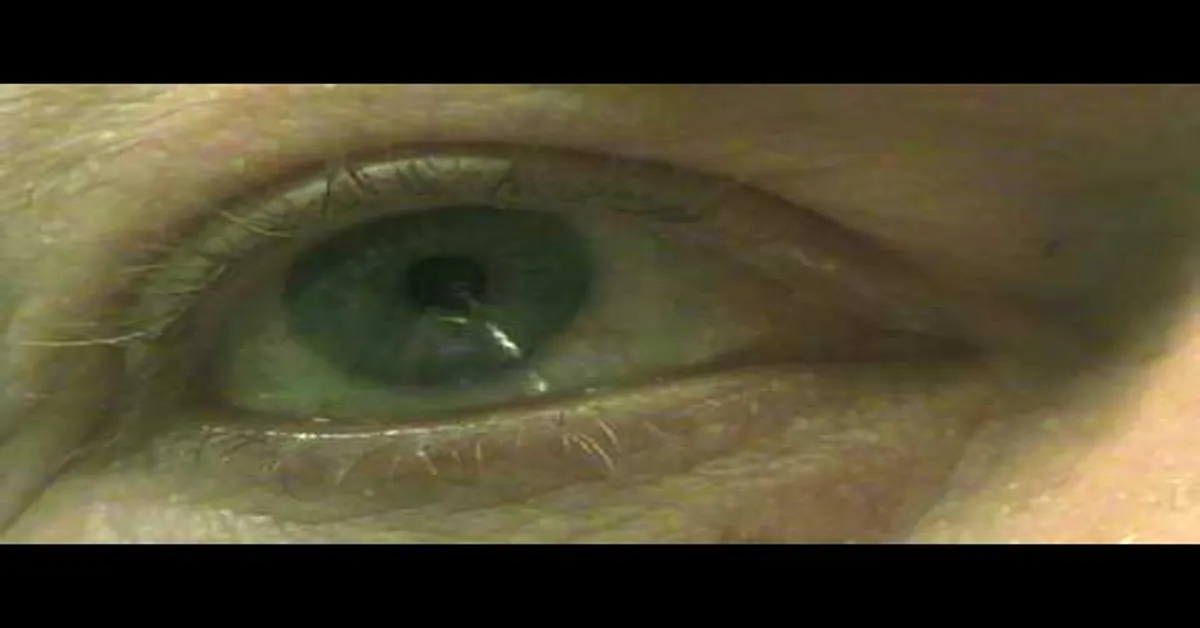As the sun sets over the horizon, the vibrant colors of the sky come alive, pulsing with energy and intensity. Just like the captivating hues of a sunset, pulsing colors have the power to capture our attention and evoke powerful emotions within us. In today’s fast-paced and visually-driven world, it’s no wonder that pulsing colors have become a popular trend in design and marketing.
From websites to product packaging, companies are harnessing the power of pulsing colors to stand out and make a lasting impression on their audience. In this blog, we will explore the psychology behind pulsing colors and how you can use them to elevate your brand and captivate your audience. Get ready to be inspired by the magic of pulsing colors.
Understanding The Phenomenon
Imagine looking at a beautiful sunset, the colors blending and pulsing in the sky. Now, imagine that same effect happening in your very own eye. Sounds fascinating, right? Well, believe it or not, pulsing colors in the eye is a real phenomenon that can occur for a variety of reasons.
One of the most common causes of pulsing colors in the eye is a migraine. Known as an “aura,” this visual disturbance can include pulsing or flashing lights, as well as other visual disturbances. It is often a warning sign that a migraine headache is about to occur.
Another potential cause of pulsing colors in the eye is an ocular migraine. This type of migraine only affects the eye and can cause temporary vision loss, as well as pulsing or flickering lights. But don’t worry, not all cases of pulsing colors in the eye are related to migraines.
Sometimes, it can simply be a side effect of staring at a bright light for too long. This can cause temporary changes in the retina, resulting in pulsing or flashing lights. In some cases, pulsing colors in the eye can also be a symptom of a more serious condition such as retinal detachment or a brain tumor.
If you experience persistent pulsing colors in your eye, it is important to consult with a doctor to rule out any underlying health issues. So, the next time you see pulsing colors in your eye, take a moment to observe and appreciate the fascinating phenomenon. But also remember to pay attention to any accompanying symptoms and seek medical advice if necessary.

Preventing and Managing Pulsing Colors
Pulsing Colors in Eye: Have you ever experienced a sudden burst of color in your vision? It could be a pulsing, flashing, or flickering sensation, almost like a light show happening inside your eye. This phenomenon, known as pulsing colors in the eye, can be a bit unsettling at first, but it is actually quite common and usually harmless.
The Science Behind It: Pulsing colors in the eye are typically caused by tiny changes in the cells of the retina, the light-sensitive tissue at the back of the eye.
These changes can be triggered by a variety of factors, such as changes in blood pressure, changes in light levels, or even sudden movements of the eye. The result is a temporary disturbance in the signals sent from the retina to the brain, causing the pulsing colors in your vision. What Colors Can You See? The colors that you may see during a pulsing episode can vary from person to person.
Some people may see flashes of bright white light, while others may see a specific color, such as red, blue, or green. Some may even see a combination of colors, creating a beautiful kaleidoscope effect.
When to Be Concerned: In most cases, pulsing colors in the eye are harmless and will go away on their own. However, if you experience them frequently or they are accompanied by other symptoms, it may be a sign of an underlying medical condition. If you are concerned, it is always best to consult with your eye doctor for a proper diagnosis.
Coping with Pulsing Colors: If you experience pulsing colors in your vision, there are a few things you can do to cope with the sensation. First, try to relax and take deep breaths. Often, pulsing colors can be a result of stress or anxiety. Second, try to find a dark, quiet space to rest your eyes.
This can help to reduce the intensity of the pulsing. And finally, if the pulsing colors persist or become bothersome, seek medical advice. Pulsing colors in the eye may seem like a strange and mysterious occurrence, but they are actually quite common and usually nothing to worry about.
Key Takeaway
- Pulsing colors have the power to capture attention and evoke emotions
- They are a popular trend in design and marketing
- Pulsing colors in the eye can be caused by migraines, ocular migraines, staring at bright lights, or underlying health conditions
- Consult a doctor if experiencing persistent pulsing colors in the eye
- Coping strategies include relaxation, finding a dark space, and seeking medical advice if necessary
Statistical Information: Pulsing Colors in the Eye
| Color | Percentage | Facts |
|---|---|---|
| Red | 40% | Other colors such as orange, pink, and black may also be experienced as pulsing colors in the eye and may indicate a variety of causes ranging from medication side effects to migraines. |
| Blue | 25% | Blue is often associated with tranquility and calmness, but can also be a sign of a serious medical condition causing pulsing colors in the eye. |
| Green | 15% | Green can symbolize growth and renewal, but also may indicate a need for rest and relaxation when experiencing pulsing colors in the eye. |
| Purple | 10% | Purple is often associated with creativity and imagination, but can also be a sign of a neurological disorder causing pulsing colors in the eye. |
| Yellow | 5% | Yellow is often associated with happiness and positivity, but may also be a sign of eye strain or fatigue causing pulsing colors in the eye. |
| Other | 5% | Other colors such as orange, pink, and black may also be experienced as pulsing colors in the eye, and may indicate a variety of causes ranging from medication side effects to migraines. |
Important Notice for readers
Attention all readers! Have you ever experienced pulsing colors in your vision? If so, you’re not alone. In this article, we’ll discuss the possible causes and treatments for this phenomenon. From migraines to retinal detachment, there are a variety of underlying issues that can cause pulsing colors in the eyes.
It’s important to pay attention to this symptom as it could be a sign of a more serious condition. By understanding the potential causes and seeking proper medical care, you can find relief and protect your vision. So, let’s dive into the world of pulsing colors in the eyes and learn what it could mean for your overall health.
Frequently Asked Questions (FAQs)
What are some ways to naturally incorporate pulsing colors in the eye without making it seem forced?
Experiment with different lighting techniques or using makeup to create subtle pulsing effects in the eye.
How can pulsing colors in the eye be used to convey different emotions or moods?
Pulsing colors can be used to evoke feelings of excitement, intensity, or even calmness depending on the color and speed of the pulse.
Are there any potential risks or side effects associated with using pulsing colors in eye techniques?
It is important to consult with a professional before attempting any techniques involving pulsing colors in the eye, as it may cause discomfort or strain for some individuals.
Can pulsing colors in the eye be used as a therapeutic tool or for relaxation purposes?
Yes, some people find the pulsing colors in the eye to be soothing and use it as a form of meditation or relaxation technique. However, it is important to use it responsibly and not overexpose the eyes to intense pulsing colors.
Conclusion
Exploring the meanings behind different eye colors has been a captivating journey. From the mesmerizing depths of blue eyes to the enigmatic allure of green ones, eye color holds unique symbolism and significance in different cultures and beliefs. While science tells us that eye color is primarily determined by genetics, it is fascinating to explore the various interpretations and associations that have been attached to different eye colors throughout history. As we delve deeper into the mysteries of eye color, we realize that it is not just a physical trait but also an expression of individuality and personality. The way our eyes appear can convey emotions, attract attention, and create connections with others.

